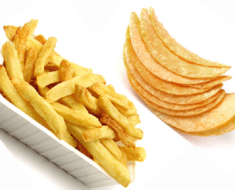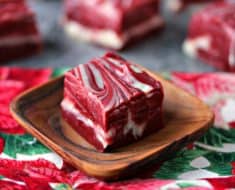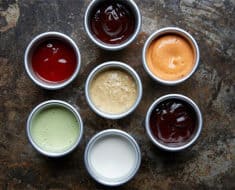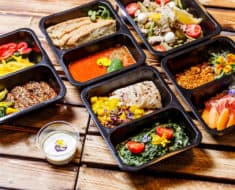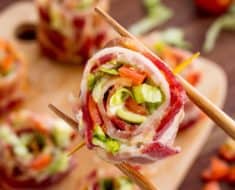
Pixabay
Not everyone is so enthusiastic about the gluten-free movement and lifestyle. Some people struggle to accept that something that has been so common in our diets for so long is suddenly public enemy number one. Well, it is a matter of choice for some, but many others have it thrust upon them, such as those who suffer from celiac disease.
At any rate, if you’ve decided or been pushed into a gluten-free lifestyle for whatever reason, then you might find the idea a bit daunting at first. Here are some tips to help you get over the threshold.
- Get Ready to Read Labels
When you start on the gluten-free journey, the days of taking labels for granted are behind you. You’ll have to check labels to see if they contain gluten. Fortunately for you, Australia has some of the strictest rules in the world when it comes to food labels. You can have confidence that anything labeled as “gluten free” must not contain any detectable gluten at all.
Those who are perhaps just cutting down on gluten will also find labels that declare foods as “low gluten” which means that the food item in question must contain fewer than 200 parts per million of gluten.
- Know Your “Enemies”
When you’re going gluten free, it can be hard to know exactly what types of food you’re avoiding. Is it just bread? The main sources of gluten come from the grains that we eat, which of course are used widely across many food and drink items. These are principally wheat, barley and rye. Most gluten-free diets also avoid consumption of oats, even though they don’t contain gluten, because they are regularly “contaminated” with gluten.
Gluten itself is just a food protein that you find in all of these grains. It’s a binder that helps give things like pizza dough that stretchy quality. Without gluten, these items would fall apart more easily. Those with gluten intolerance can experience swelling or hives when consuming it. Even without intolerance, it’s one of the main reasons we feel bloated and tired after eating gluten-heavy foods.
- Try to “Recreate” Your Diet with Gluten-Free Alternatives
One of the easiest ways to make the transition is to find gluten-free alternatives of foods you like or that can replace existing foods in your daily/weekly eating and drinking routine. For instance, if you like an after-work beer, try a gluten-free beer. Replace pasta with a gluten-free version, crackers with a vegetable-based cracker, and so on. This makes it feel like you haven’t changed a great deal, but you’ll likely feel the difference in your body in a positive way.
- Don’t Despair!
When you consider your staples and how many of them are major sources of gluten, it’s easy to slip into a mindset where you think that everything has gluten and therefore everything is off-limits. Try to remember that there are tons of food items that have no gluten. Find recipes that employ more fruits and vegetables, fresh meat and fish, cheese, eggs and other things that are naturally gluten free. This is great for those living on a tighter budget who might not be able to afford all gluten-free alternatives to staples.
- Watch Out for Sauces
Finally, you might overlook some food that contain wheat flour such as gravy, stock, pasta sauces and other things. These are off-limits if you’re going real gluten free. Take it as an opportunity to make your own sauces using cornflour or arrowroot as the starch ingredient. It won’t impact the taste and will let you enjoy food in more diverse ways.










